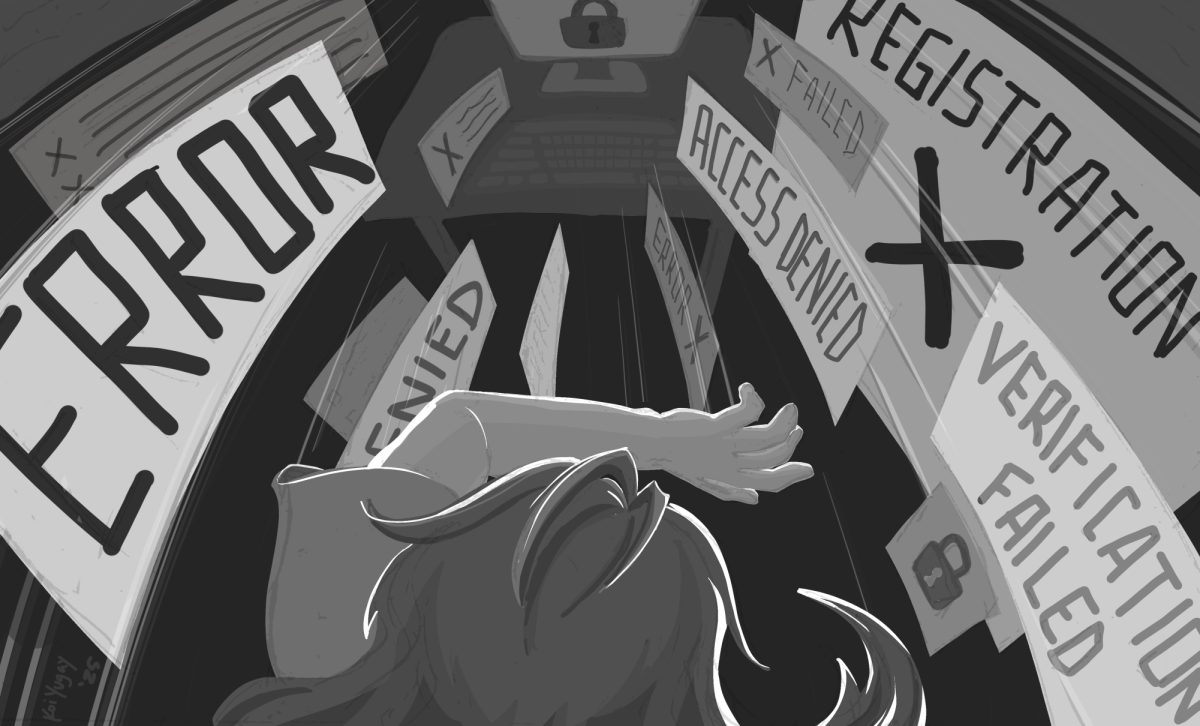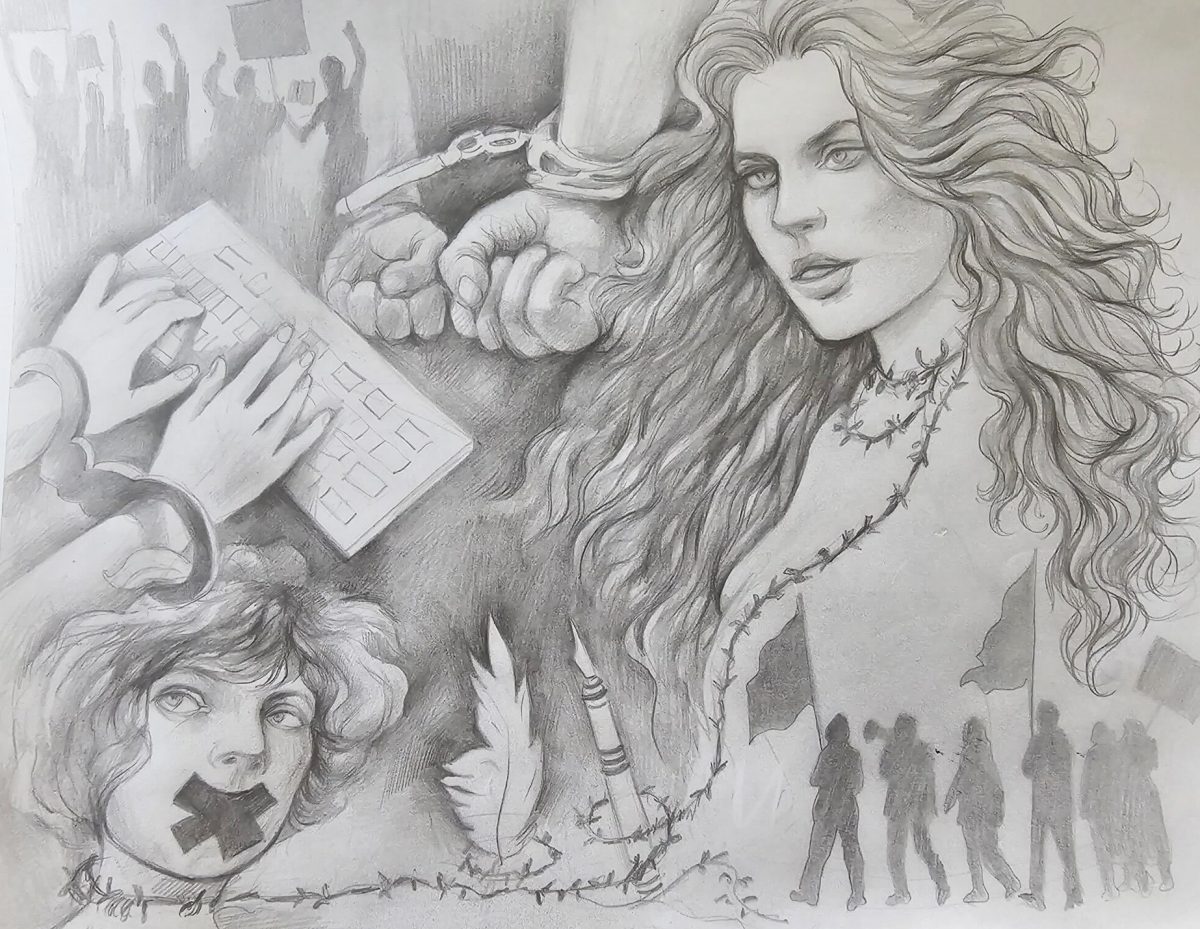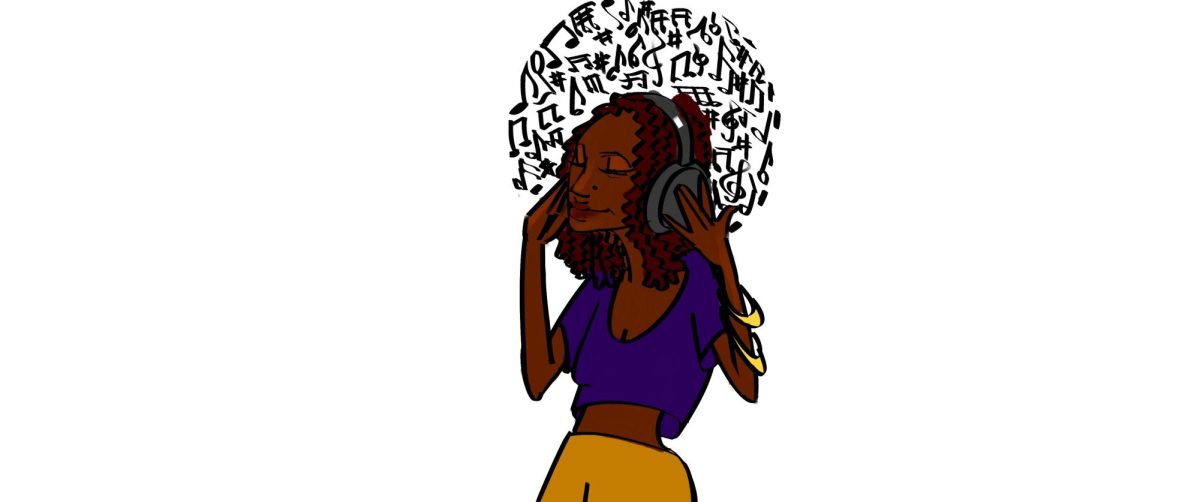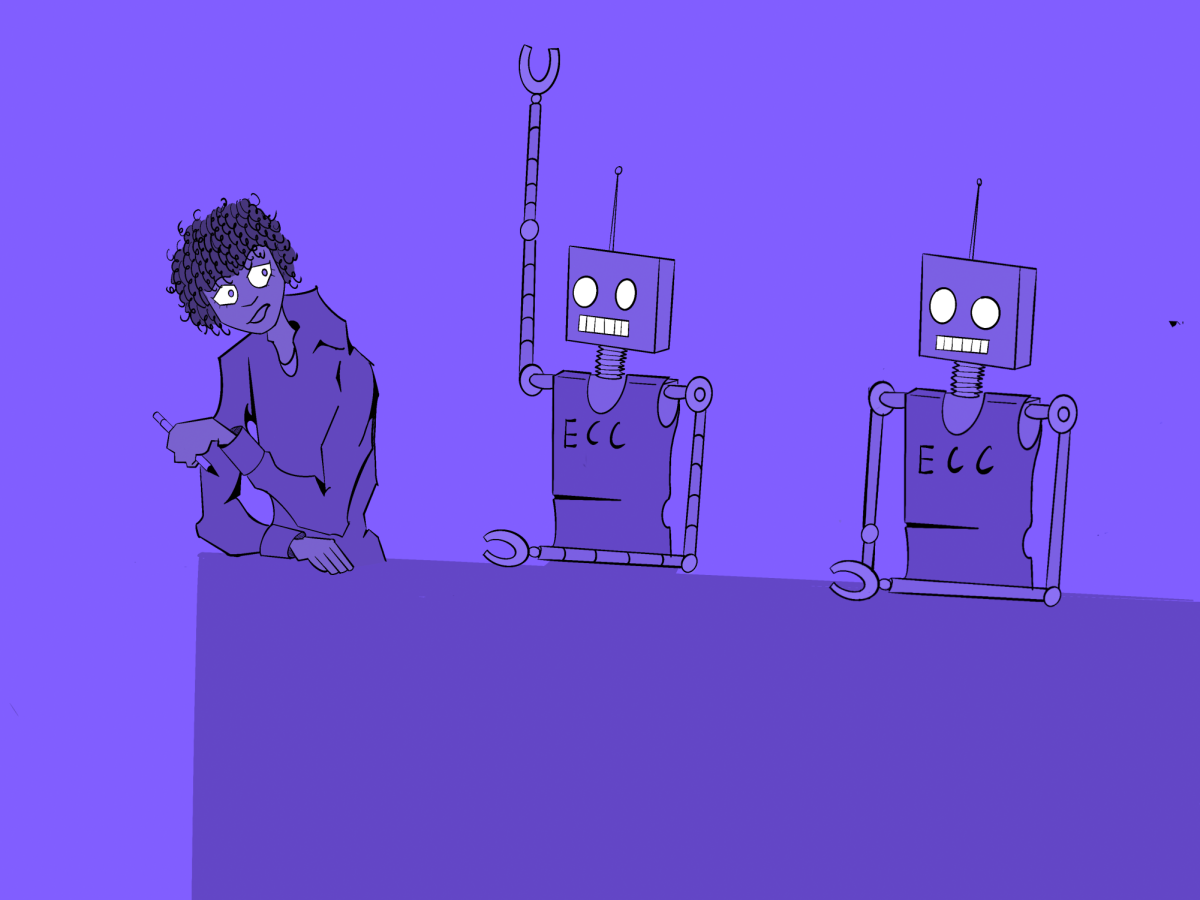Megan Meier had dealt with depression, and when her MySpace “friend” told her “the world would be a better place” without her, she snuffed herself out.
In Dardenne Prairie, Mo. last September, Meier hung herself in her bedroom closet after her estranged friend’s mother, Lori Drew, “instigated and monitored” a fake MySpace profile of a 16-year-old boy named Josh who, after several weeks of steady dialogue, abruptly ended the on-line friendship.
MySpace and other social networking engines were designed to introduce people to individuals they otherwise would not have met.
They were not designed to toy and manipulate people who are clearly too gullible and naiive to comport themselves in society.
Unregulated and available to anyone interested in exploring the depths of cyber-space, the Internet’s role in human’s malicious behavior is inevitable.
In this case, it is clear that immaturity on both ends, not MySpace, spawned a tragedy,
“What kind of mother in her right mind would do this? And why won’t the cops do anything to punish them?” Kriss, one of Meier’s neighbors, said.
According to Parry Aftab, an Internet privacy lawyer, the telecommunications harassment law, amended in 2005, which prohibits people from anonymously using the internet with the intent to annoy, abuse, threaten or harass another person, may apply in the Meier case.
The beauty and horror of the reality of the Internet is that there is no FCC to police it, leaving room for the threat of the socially inept to injure themselves or others.
Dardenne Prairie’s Board of Aldermen unanimously passed a law that makes cyber-harassment a misdemeanorwith a maximum penalty of 90 days in jail, a $500 fine or even both for each violation.
One cannot blame MySpace for society’s ills and stupidities.
Yet one would hope the Internet would maintain its status as an escape from the realities of bullying, not further whet the flames of discourse.






